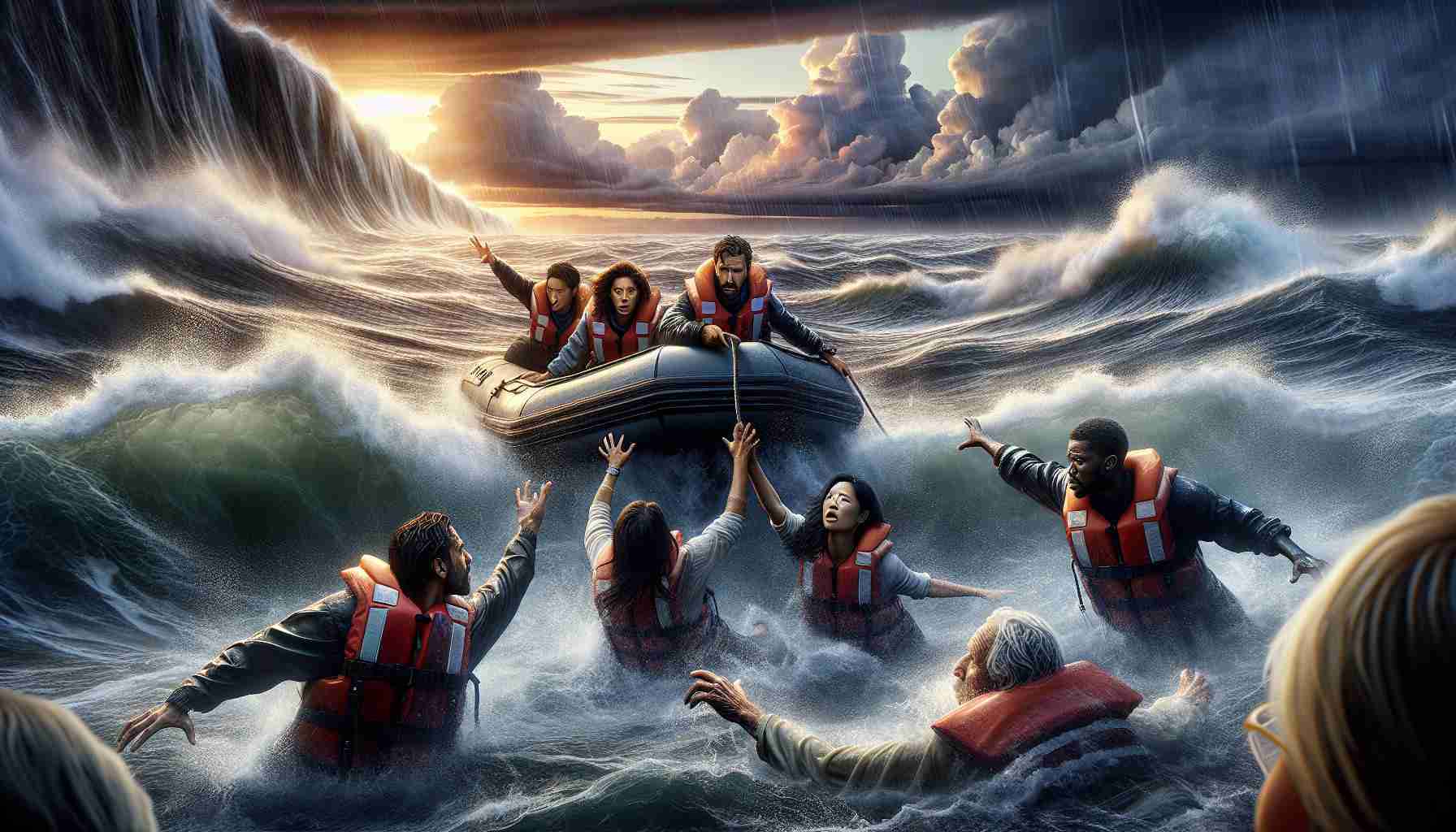
In a remarkable cinematic work, audiences are transported to a harrowing event from World War II, where bravery and humanity shine amidst the chaos of war.
The film depicts the gripping account of a Japanese troop transport ship, tormented by the tragedy of war, as it succumbs to the depths of the ocean. Amidst the chaos, a group of selfless Chinese fishermen emerge as unsung heroes, risking everything to rescue British prisoners of war from the merciless clutches of the sea.
Director Fang Li’s masterful storytelling intricately weaves together the narratives of survival and sacrifice, illuminating a lesser-known chapter of history with profound empathy. Through extensive research and personal interviews, Li brings to life the resilience of the human spirit in the face of adversity.
Rescue at Sea is a poignant tribute to courage and compassion, resonating with audiences worldwide for its powerful message of hope and solidarity. As the film garners acclaim at the box office, it stands as a testament to the enduring power of storytelling to inspire and unite us in times of darkness.
Exploring the Depths of Rescue at Sea: Heroism Unveiled
Amidst the poignant depiction of heroism in “Rescue at Sea,” there exist additional layers of complexity and remarkable deeds that merit attention. As we delve deeper into this tale of courage and compassion, let us uncover some lesser-known facts that enrich the narrative.
What were the circumstances that led to the need for rescue at sea?
The turbulent backdrop of World War II not only set the stage for the tragedy faced by the Japanese troop transport ship but also intensified the challenges of rescue operations at sea. The looming threat of enemy attacks and the unforgiving nature of the ocean added layers of complexity to the already perilous situation.
Who were the unsung heroes beyond the Chinese fishermen?
While the film rightfully highlights the bravery of the Chinese fishermen in rescuing British prisoners of war, it is essential to recognize the collaboration and solidarity among diverse groups involved in the rescue efforts. Beyond the fishermen, there were individuals from various backgrounds who came together in a display of unity and compassion.
What were the key challenges faced during the rescue mission?
The rescue at sea was fraught with numerous challenges, ranging from treacherous weather conditions to limited resources and the constant threat of enemy presence. Navigating these obstacles required not only bravery but also strategic thinking and unwavering determination on the part of the rescuers.
Advantages and Disadvantages of Depicting Such Stories in Film:
One advantage of showcasing stories of heroism like “Rescue at Sea” in film is the power of visual storytelling to evoke strong emotions and inspire audiences on a global scale. By bringing lesser-known historical events to light, films have the potential to educate and raise awareness about important chapters of history. However, a disadvantage may lie in the potential for cinematic dramatization to veer from factual accuracy, leading to distortions of the true narrative.
As we reflect on the profound impact of “Rescue at Sea” and the resonance of its message, it is crucial to continue exploring the depths of heroism and humanity that transcend borders and time. Through diligent research and thoughtful reflection, we can honor the sacrifices and bravery of those who selflessly risked everything to bring hope amidst the chaos of war.
For further insights into historical rescues and tales of heroism, visit History for a treasure trove of captivating narratives that highlight the resilience of the human spirit in the face of adversity.






